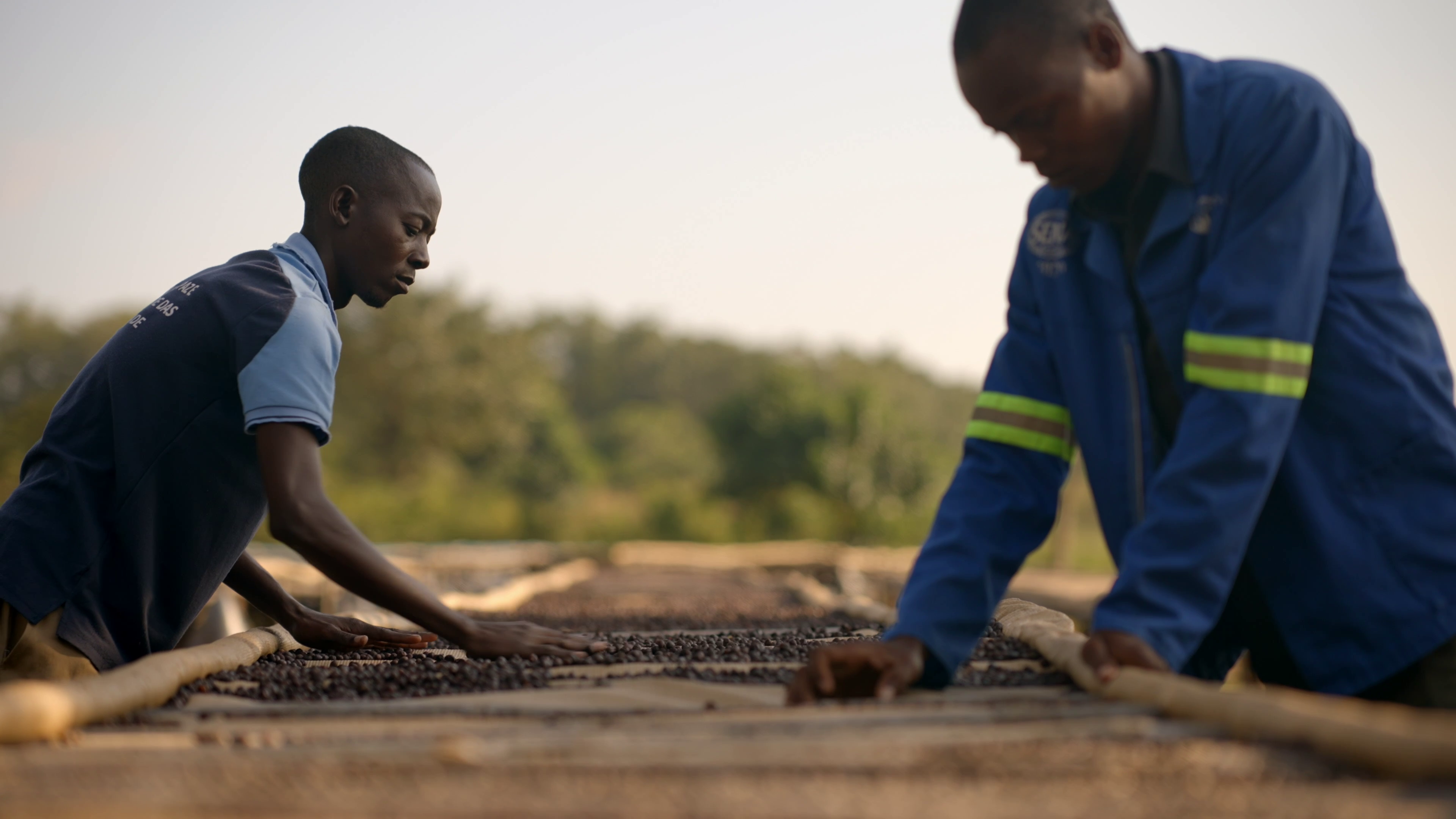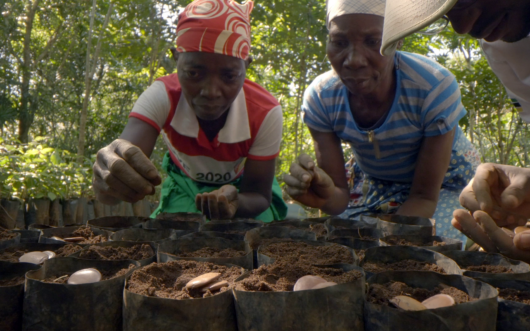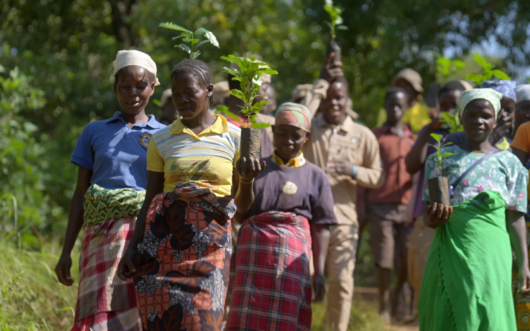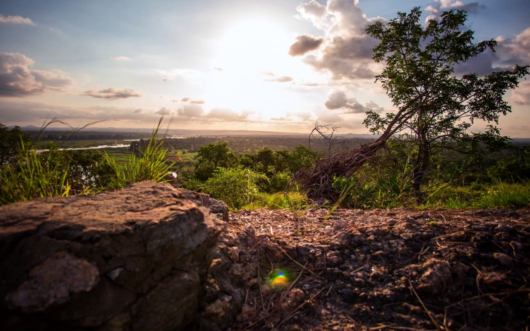Bring biodiversity, farming, and community-driven conservation into your classroom.
Explore shows how collaboration, sustainable agriculture, and conservation can work hand in hand—benefiting both people and the natural systems they depend on. This educator guide supports classroom discussion, NGSS-aligned learning, and hands-on opportunities for student engagement.
GRADES
9 – 12+
SUBJECTS
Biology, Storytelling, Ecology
Episode Overview
Coffee for Water shows how sustainable coffee farming is helping Mozambique’s Gorongosa region recover from decades of civil war. On Mount Gorongosa, the national park and local farmers work together to restore forests, protect water sources, and support communities. Native trees are replanted to provide shade for coffee, while the park offers seedlings, training, and buys the beans to ensure a stable income. Farmers also raise bees for honey and pollination. The film highlights how conservation and sustainable agriculture can benefit both people and nature.
Discussion Questions
- (Before the film) Ecosystem services, ways in which humans benefit from ecosystems, are essential for human health and well-being. Examples include when bees pollinate crops or when wetlands clean water.
- Describe three additional ecosystem services that you can think of.
- What characteristics make Gorongosa National Park a biodiversity hotspot?
- Explain why armed human conflicts are not ecologically neutral.
- The film provides an example of agroforestry: an agricultural system that integrates food crops with native trees and shrubs. Why might agroforestry be an important conservation tool?
- Describe some of the strategies that are helping farmers to transition to more sustainable agricultural practices.
- Collaboration between different people and groups is essential for effective conservation. Describe some specific examples of collaboration in the film and how they have been successful.
Key Concepts
- Ecosystem Services: Ways in which humans benefit from ecosystems.



